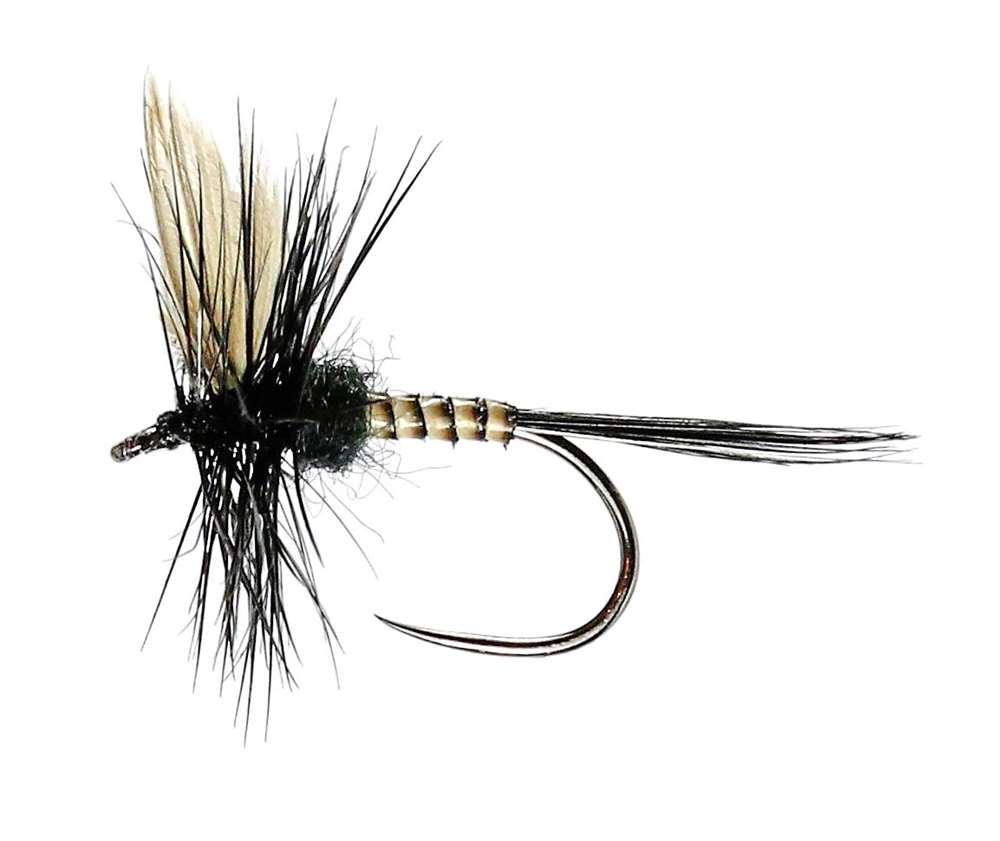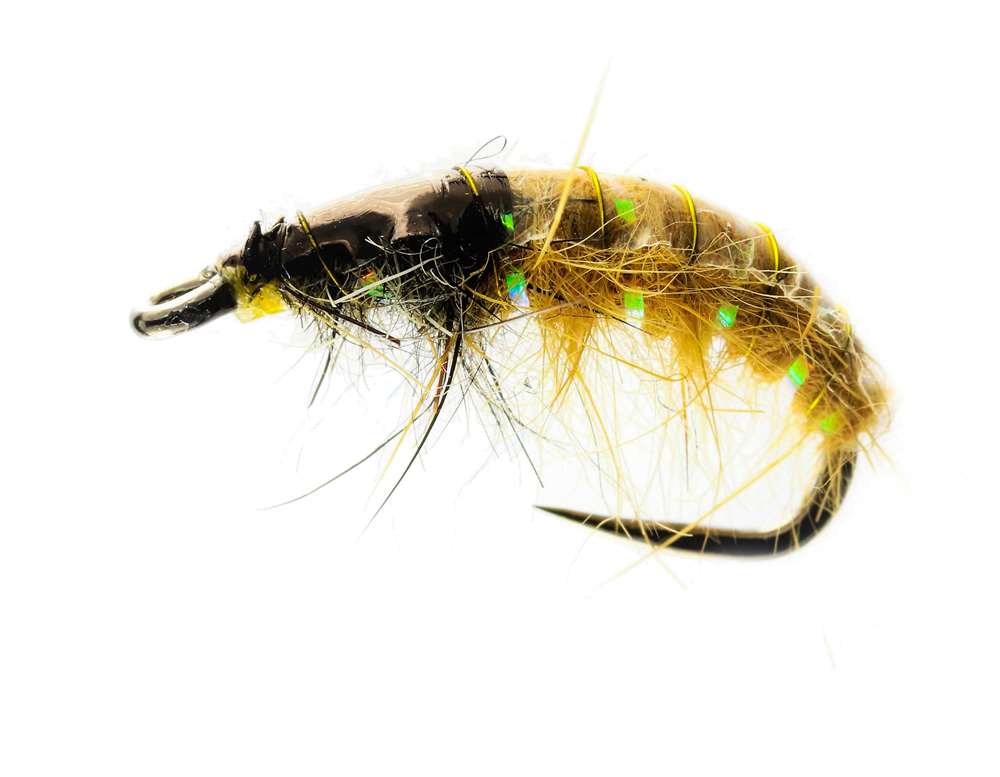Back To The Day Shift
With the nights drawing in and the sun sinking ever lower, evening temperatures take a dip now, which often sees insects and trout revert back to day time feeding habits. Gone then are those warm evenings when we never made a cast until the light faded and these are replaced by more sociable ‘office hour’ activities for us.
Stillwaters
On stillwaters, we can expect buzzers to make a come back, by emerging through the day and hopefully joining their ranks will be the season’s second flush of lake, or pond olives. These charming upwinged flies both excite trout and angler alike. Where they appear, we can expect a last fling with dry flies, especially come the early afternoon. Naturally, calmer days are best, but where a breeze whips up, look for sheltered corners, or bays on fisheries.
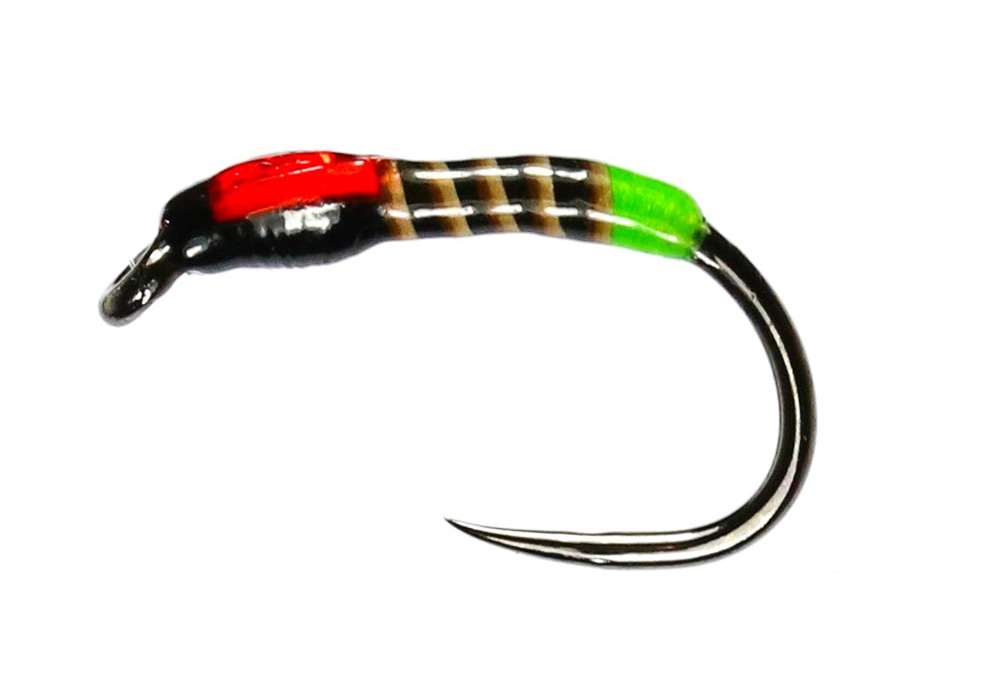
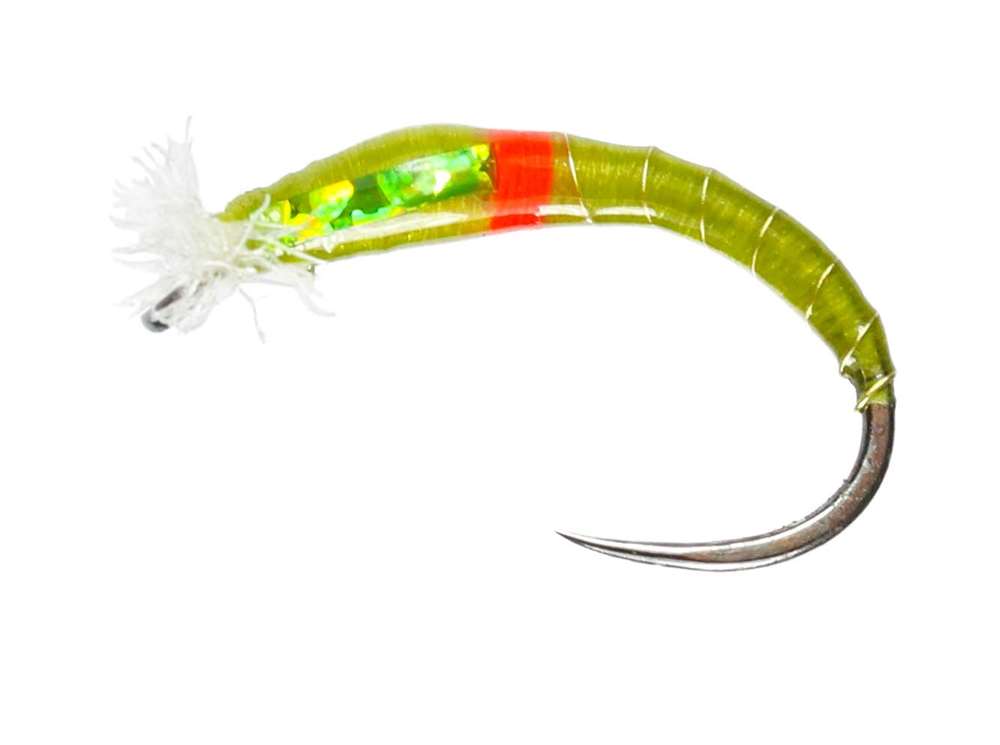
daddy long legs will have the trout looking up too. The good news here is daddies are extremely common and being a terrestrial, are blown onto water during most days. Again they provide us with untold dry fly opportunities. Dry fly tactics should be your first port of call though don’t neglect wet flies given breezy weather.
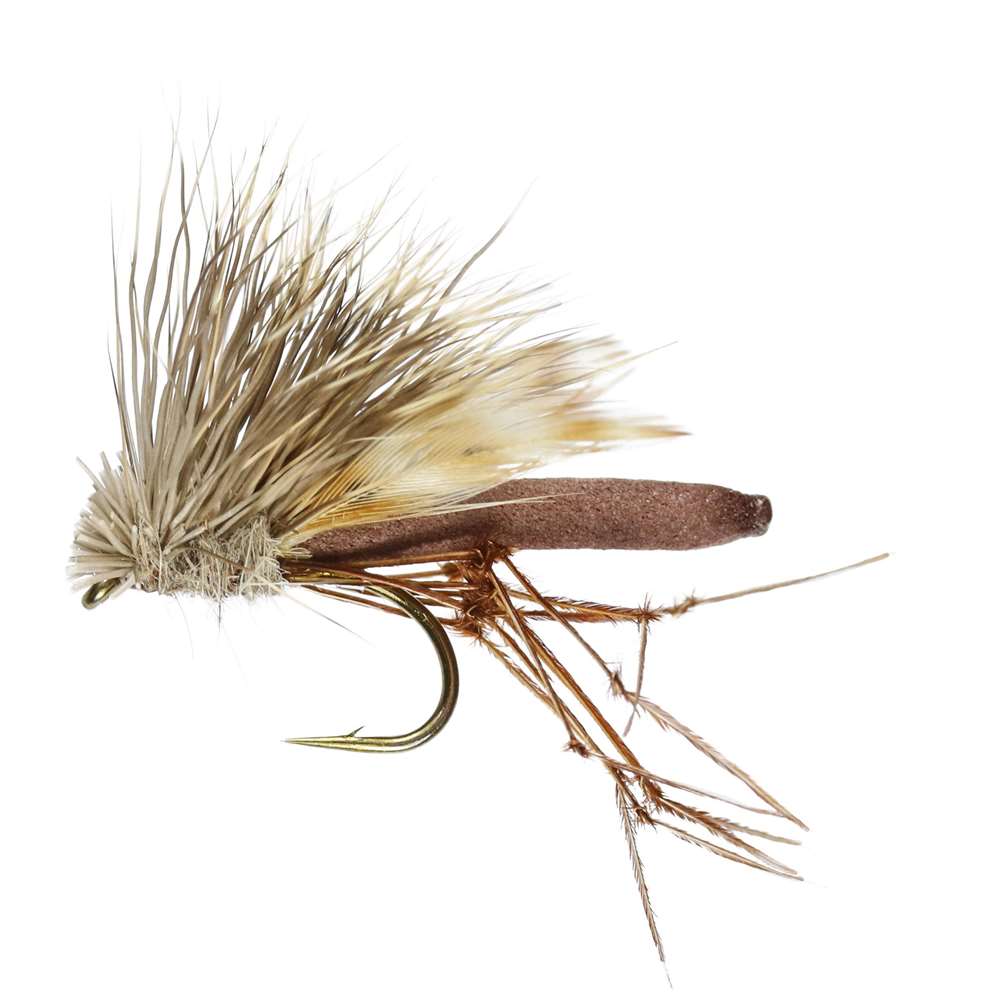
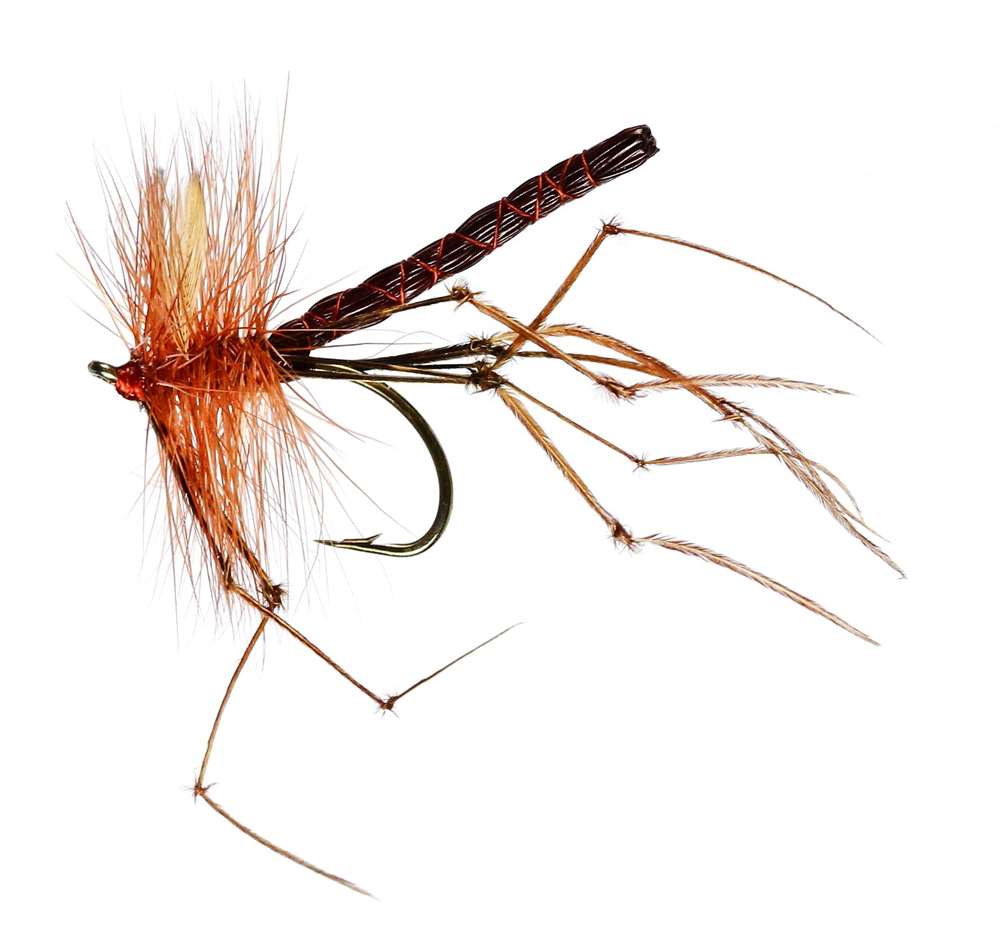
Corixa too will migrate to populate new waters. These aquatic bugs are capable fliers though having reached a new water they are often weak and struggle to penetrate the surface film. Here they drift helplessly, often kicking feebly, which in turn attracts trout. Again there is excellent fishing on the cards if and when they appear. We suggest a single fly on a 12ft leader that’s plopped in where you see a rise. After the fly has landed, a gently draw on the line straightens everything out and simply wait for the tug of a taking trout!
Rivers
On rivers the sky really is the limit now. Not only is there every likelihood of black gnats making a resurgence, but there’ll be large dark olives and pale wateries too. Both of which are day time hatching flies. Add to this needle and willow flies (stoneflies) and you’ll realize why river anglers make every effort to enjoy a day on the river at this time of year.
Hopefully, we’ll be blessed with decent flows, allowing us to tempt trout and grayling using dry flies when patterns like a black gnat, olive F fly, or pale watery should be your first choice. Ideally, look to position yourself downstream of feeding fish, so you’re presenting a dry fly upstream. This way your fly will drift back in a natural manner to appear more convincing to fish.
If high water persists then nymphs, or bugs will be the order of the day. Obviously, three flies are going to sink more quickly than one, so we’d recommend a team of three. That said, if you’re a beginner and perhaps a little nervous about swinging three flies around then try a team of two, spaced some 2ft apart on a 9ft level leader of 5lb. You’ll find this quite easy to manage when using the Czech nymph style of fishing.
